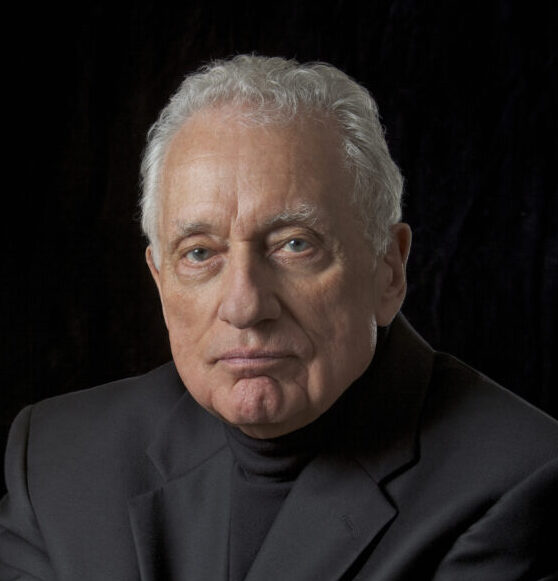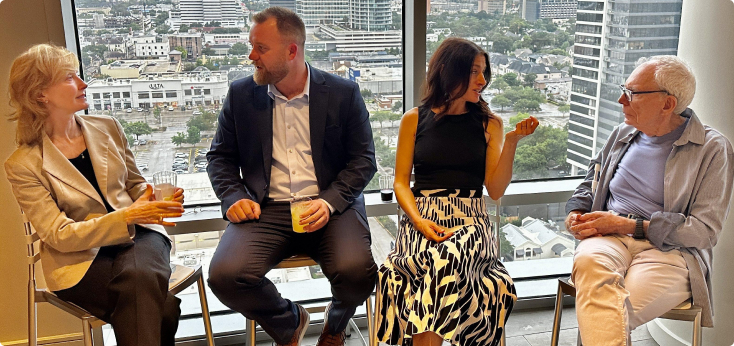Our firm has just completed a two-year stint as a columnist for CIO.com (the online newspaper for information technology professionals). For our column, “The Hiring Manager,” we interviewed top Chief Information Officers from companies large and small: Starbucks and the U.S. Golf Association; new and old: Facebook and The Harvard Business School; fun and not fun: Harrah’s Casino and MD Anderson; flying high and digging out from a low: US Air and AIG. Collectively, these executives have hired thousands of managers. We asked them, “What have you learned about hiring?” “Can you teach someone how to make good hiring decisions?” “What can you share that would help a job seeker in today’s market?” And, “What was the worst interview you ever had?”
For those looking for the one piece of advice that may land you that coveted job, these may work:
- Every CIO commented that he or she is impressed by candidates who not only do research on the position and employer, but also show they care about the position. “I want someone who realizes that it is important to understand our company so that person can maximize the interview time for himself or herself and me,” said one CIO. Another instructed candidates, “Come prepared with good questions: ‘How do you measure success?’ ‘How do you like to manage?’ ‘What are your priorities?'”
- Prepare for questions you may be asked. For example, if you have had a number of job changes in the past several years, expect to be asked about it and have a concise, well thought out answer. If there are projects or departments you have managed, be prepared with numbers to back up your accomplishments without being boring. The goal is to strike a balance between offering substantive facts and not inundating your interviewer with number overload.
- Dress appropriately. While this seems like a no-brainer, many CIOs counseled that showing up overdressed can be as bad as dressing too casual. One CIO commented that his software company is a business casual environment, and if a candidate arrived in a suit, he would conclude that the candidate had not done appropriate research on the culture of the company. Bottom line: do not be afraid to call and ask what is appropriate.
- Read your audience. In addition to being prepared, read the body language of the interviewer and observe the details. Some interviewers like to make small talk as a way of getting to know you. Is the interviewer’s office filled with pictures and memorabilia? Most people put pictures on their walls as a statement about who they are, where they have been, what they do. Don’t be afraid to comment on them, especially if it allows you to establish a common ground. The second part of reading your audience is to let them direct the conversation. Some interviewers are comfortable spending 15 minutes discussing your mutual love of golf and their golf trophies, while others would see that as excessive. Good interviewees follow the lead of their interviewers.
- Use your interview time wisely. One of the biggest mistakes interviewees make is to take too long to explain accomplishments or answer questions. One CIO always asks candidates to give her some context to their resume. She says how candidates answer this question tells her how they budget their time, what is important to them and how they communicate. She advises candidates to ask, “Will you tell me if I’m giving you too much or too little detail?”
- Ask for feedback. Several executives commented that they are impressed by the candidate who, at the end of the interview, asks, “How do you assess my background in light of the requirements of the position?” If you do ask for feedback, do it in a confident, yet non-threatening manner.
- Thank you notes and follow up. While most executives conceded that a thank you note will not alone get someone a position, all agreed that it did not hurt. One executive recounted an instance where the candidate was not qualified for a position but wrote such a gracious thank you note that the CIO kept it, and when a different position arose, contacted the candidate for the position.
- If you do not get a position, ask for feedback on your interview from the HR department or the search firm. Interviewing is an art and a skill. Use each interview as a learning experience. The interview that did not go well can be a great lesson for the next interview.















